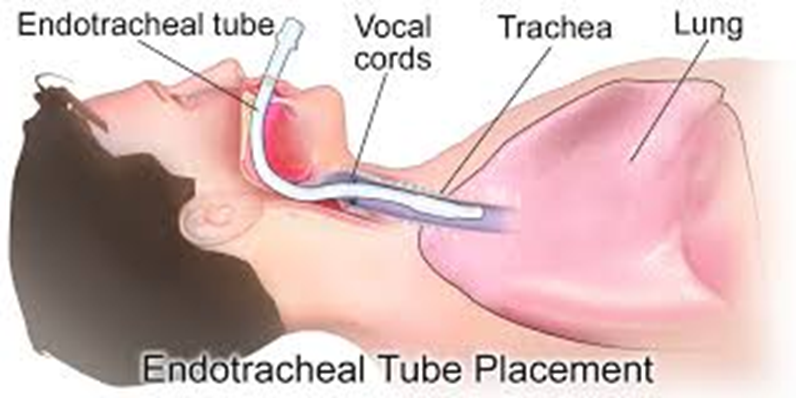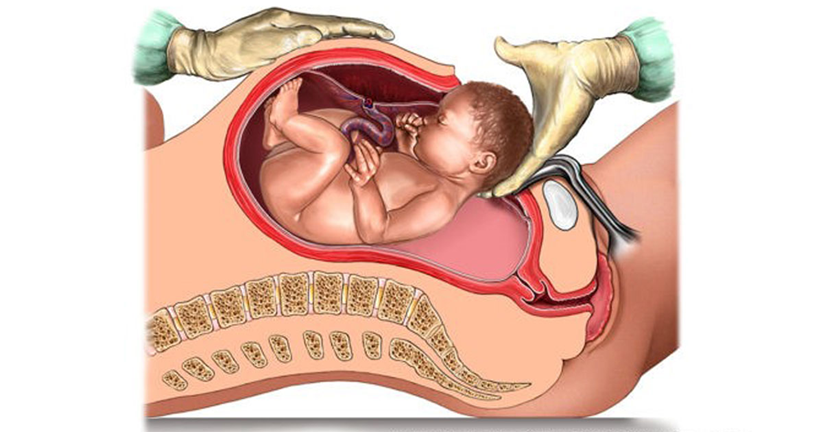A nurse is presenting a community-based program about HIV and AIDS. A client asks the nurse to describe the initial symptoms experienced with HIV infection. Which of the following manifestations should the nurse include in the explanation of initial symptoms?
Flu-like symptoms and night sweats
Fungal and bacterial infections
Pneumocystis lung infection
Kaposi’s sarcoma
The Correct Answer is A
Choice A: Flu-like symptoms and night sweats
The initial symptoms of HIV infection often resemble those of the flu. These symptoms, known as acute retroviral syndrome (ARS) or primary HIV infection, typically occur within 2 to 4 weeks after the virus enters the body. Common symptoms include fever, chills, night sweats, muscle aches, sore throat, fatigue, swollen lymph nodes, and a rash. These symptoms are the body’s natural response to the virus and indicate that the immune system is reacting to the infection. Night sweats, in particular, are a common symptom during the early stages of HIV infection.
Choice B: Fungal and bacterial infections
Fungal and bacterial infections are more commonly associated with later stages of HIV infection, particularly when the immune system has been significantly weakened. As HIV progresses and the immune system deteriorates, individuals become more susceptible to opportunistic infections, which are infections that occur more frequently and are more severe in people with weakened immune systems. These infections are not typically seen in the initial stages of HIV infection.
Choice C: Pneumocystis lung infection
Pneumocystis pneumonia (PCP) is a serious infection that occurs in people with weakened immune systems, including those with advanced HIV/AIDS. It is caused by the fungus Pneumocystis jirovecii. PCP is not an initial symptom of HIV infection but rather a complication that can arise when the immune system is severely compromised. This infection is more indicative of the later stages of HIV, particularly when the CD4 cell count drops significantly.
Choice D: Kaposi’s sarcoma
Kaposi’s sarcoma is a type of cancer that forms in the lining of blood and lymph vessels. It is caused by the human herpesvirus 8 (HHV-8) and is commonly associated with advanced HIV infection or AIDS. Kaposi’s sarcoma presents as purple, red, or brown blotches or tumors on the skin and can also affect internal organs. This condition is not an initial symptom of HIV infection but rather a manifestation of severe immune system damage in the later stages of the disease.
Free Nursing Test Bank
- Free Pharmacology Quiz 1
- Free Medical-Surgical Quiz 2
- Free Fundamentals Quiz 3
- Free Maternal-Newborn Quiz 4
- Free Anatomy and Physiology Quiz 5
- Free Obstetrics and Pediatrics Quiz 6
- Free Fluid and Electrolytes Quiz 7
- Free Community Health Quiz 8
- Free Promoting Health across the Lifespan Quiz 9
- Free Multidimensional Care Quiz 10
View Related questions
Correct Answer is B
Explanation
Choice A reason: Turn the client every 4 hours:
Regularly turning the client can help prevent pressure ulcers and improve overall circulation, but it is not the most effective measure specifically for preventing ventilator-associated pneumonia (VAP). While repositioning can help with lung expansion and secretion clearance, oral care is more directly related to reducing VAP risk.
Choice B reason: Brush the client’s teeth with a suction toothbrush every 12 hours:
Oral care is crucial in preventing VAP. Bacteria from the mouth can easily travel to the lungs, especially in intubated patients. Using a suction toothbrush helps remove dental plaque and secretions, reducing the bacterial load and the risk of infection. This practice is a key component of VAP prevention bundles.
Choice C reason: Provide humidity by maintaining moisture within the ventilator tubing:
While maintaining humidity is important to prevent drying of the respiratory mucosa and to help with secretion clearance, it does not directly reduce the risk of VAP. Proper humidification is necessary for patient comfort and respiratory function but is not a primary VAP prevention strategy.
Choice D reason: Position the head of the client’s bed in the flat position:
Positioning the head of the bed flat can increase the risk of aspiration, which is a significant risk factor for VAP. The head of the bed should be elevated to 30-45 degrees to reduce the risk of aspiration and promote better lung expansion.

Correct Answer is B
Explanation
Choice A reason:
Saying “Maybe next time you can have a vaginal delivery” is not supportive and may minimize the client’s current feelings of disappointment. It is important to acknowledge and validate the client’s emotions rather than focusing on future possibilities.
Choice B reason:
This response, “It sounds like you are feeling sad that things didn’t go as planned,” is empathetic and validates the client’s feelings. It shows that the nurse is listening and understands the client’s disappointment, which is crucial for emotional support.
Choice C reason:
While it is true that having a healthy baby is important, saying “At least you know you have a healthy baby” can come across as dismissive of the client’s feelings. It is essential to address the client’s emotions directly rather than shifting the focus.
Choice D reason:
Telling the client “You can resume sensations sooner than if you had delivered vaginally” is not relevant to the client’s expressed feelings of disappointment about not having a natural childbirth. This response does not address the emotional aspect of the client’s experience.

